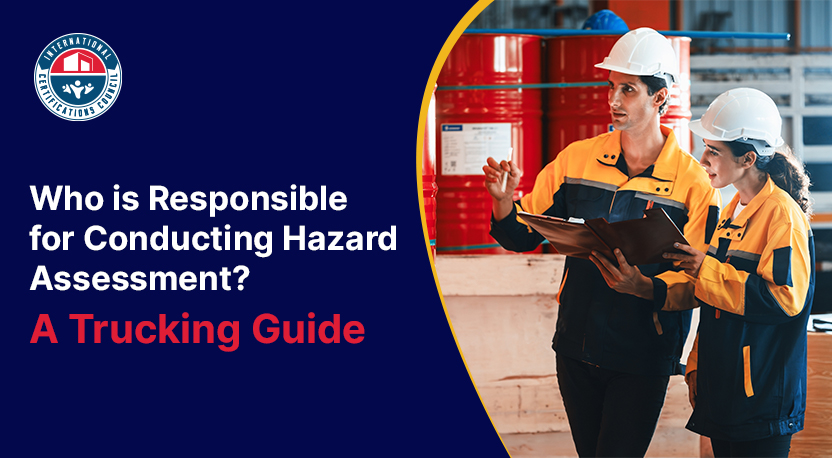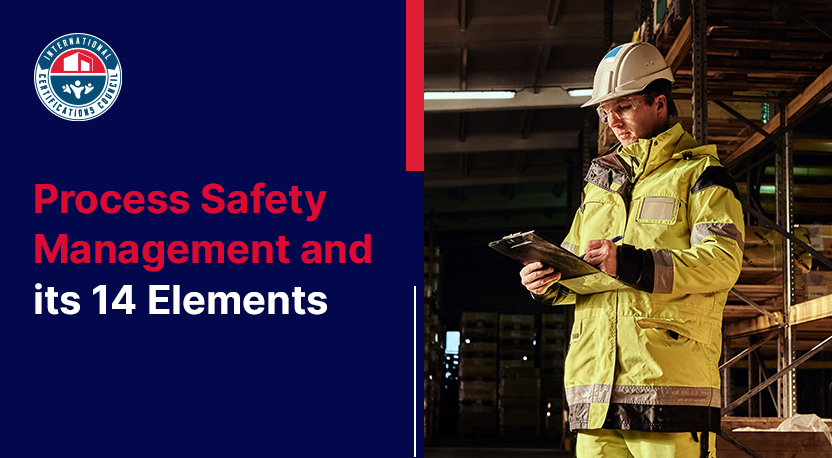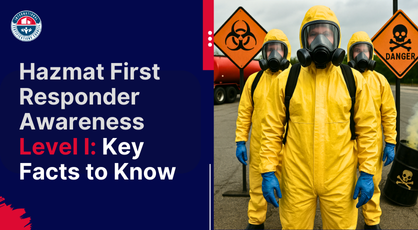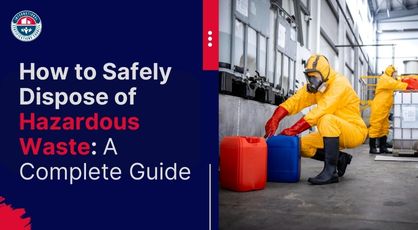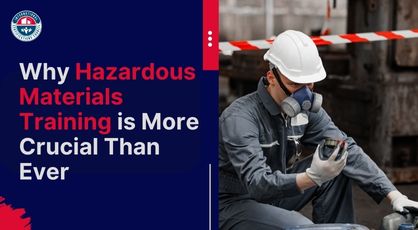The DOT HazMat General Awareness Training Course covers U.S. and international regulations for hazardous materials transportation, including classification and security awareness, in compliance with US DOT standards.
General Awareness Hazardous Materials (Hazmat) courses play a pivotal role in equipping individuals with the knowledge and skills to handle hazardous materials safely.
These courses are designed to cover a broad spectrum of topics, ensuring that participants understand the potential risks associated with hazardous materials and are capable of responding appropriately in emergency situations.
In this article, we will delve into the various topics covered in a typical General Awareness Hazmat course.
Exploring the Curriculum of a HazMat General Awareness Course
Introduction to HazMat General Awareness Training
The introductory topic of HazMat General Awareness Training covers the meaning and classification of Hazmat, emphasizing potential risks and categories.
Hazard communication requirements are explored for effective communication of hazards. The training delves into:
- Hazardous materials regulations,
- Detailing crucial aspects like packaging,
- Marking, labeling, and placarding,
- Shipping papers,
- Safety protocols,
- Security measures,
- And record-keeping.
The training is mandatory for employees handling hazardous materials and encompasses roles in shipping, receiving, transportation, and safety.
This training is a lifeline for safe Hazmat transportation, empowering individuals to foresee hazards, assess risks, and contribute to a safer, more secure world.
Classifications of Hazardous Materials
The second topic comprehensively explores substances that pose risks to health, safety, property, or the environment when improperly handled.
Hazardous materials (HazMat) are categorized into classes, such as
- Explosives,
- Gasses,
- Flammable liquids,
- Flammable solids,
- Oxidizing substances,
- Toxic and infectious substances,
- Radioactive materials,
- Corrosives,
- And miscellaneous dangerous goods.
Understanding these classifications is crucial for determining proper packaging, labeling, marking, and documentation to ensure safe transportation. This foundational knowledge contributes to the overall safety and well-being of both people and the environment.
HazMat Shipping Papers
The next chapter sheds light on the indispensable role of hazmat shipping documents in ensuring the safe transportation of hazardous materials (HazMat). These papers are a crucial link in the communication chain, providing vital information about the materials being transported, the entities involved, and safety precautions.
The key components covered in hazmat shipping papers include
- Shipper information,
- Consignee details,
- Carrier information,
- Emergency contact details,
- A comprehensive description of hazardous materials,
- Quantity and packaging specifics,
- Marking and labeling details,
- Placards,
- Additional handling instructions,
- A certification statement,
- And the signature with the date of preparation.
The significance of hazmat shipping papers extends beyond compliance with regulations; it is a pivotal element in safeguarding those handling the materials, protecting the environment, and ensuring public safety.
HazMat Marking
In this chapter, you’ll learn the essential requirements and guidelines for marking hazardous materials (HazMat) shipments during transportation.
Emphasizing the importance of proper marking to ensure safe handling and emergency response, the chapter covers fundamental aspects of marking, including durability, language (English), placement, color contrast, and avoidance of obscuring factors.
The topic outlines crucial steps such as
- Choosing the correct marking based on hazard class and division,
- Adhering to labeling requirements,
- Proper placement for visibility,
- Size and color considerations,
- Displaying the United Nations (UN) number,
- Indicating hazard class/division,
- Affixing subsidiary hazard labels,
- Orientation arrow usage,
- Complying with special provisions,
- Using placards for transport vehicles,
- And maintaining detailed documentation.
Also, the chapter underscores the critical role of markings in preventing spills, accidents, and exposure, emphasizing their significance for personnel and environmental safety during HazMat transportation.
HazMat Labelling
“HazMat Labelling" is a critical component of the safe transportation and handling of hazardous materials, playing a vital role in communication and risk mitigation.
This topic emphasizes the importance of correct application, accuracy, and adherence to regulations in HazMat labelling. The content covers the specific use of colors, codes, and pictograms to identify material hazards within packages quickly.
Highlighting the multifaceted role of HazMat labels, the chapter outlines their significance in identification, such as
- Hazard communication,
- Emergency response,
- Proper handling instructions,
- Storage guidance,
- Regulatory compliance,
- Public awareness,
- Accident prevention,
- And environmental protection.
The comprehensive module underscores the fundamental nature of HazMat labelling in enhancing safety, guiding emergency responses, ensuring compliance, and promoting awareness.
HazMat Placarding and Packaging
This chapter delves into the meticulous specifications and compliance requirements associated with placarding hazardous materials. The content emphasizes the significance of factors like placard strength, durability, design, size, and color, highlighting the need for materials capable of withstanding exposure to open weather conditions.
Moving to Hazmat Packaging, the content outlines the crucial role of selecting appropriate packaging for safely transporting hazardous materials. It introduces various methods for determining authorized packaging, including
- approval from the Bureau of Explosives,
- adherence to international transportation regulations,
- and specific exceptions for different transportation scenarios.
The alternative methods in the Hazardous Materials Table offer flexibility while ensuring compliance with safety regulations.
HazMat Security Awareness
The last topic underscores the crucial role of safety and emergency response training for individuals handling hazardous materials. The content provides a comprehensive overview of key components covered in such training, emphasizing the significance of preparedness in mitigating risks and managing hazmat incidents effectively.
It begins with exploring emergency response plans and procedures tailored to the workplace, detailing evacuation protocols, communication strategies, and personnel roles during emergencies.
The Hazmat safety training covers hazard identification, emphasizing the recognition of chemical, physical, and biological risks. Essential aspects like emergency notification, proper use of personal protective equipment (PPE), evacuation procedures, containment measures, and first aid are extensively addressed.
Final Thoughts
So these are some essential topics in our General Awareness Hazmat Training Program for businesses handling hazardous materials. Equip your employees with knowledge on classifications, shipping papers, marking, labeling, and security awareness.
Ensure compliance with regulations, enhance safety, and mitigate risks during transportation. Enroll your team to benefit from improved hazard communication, emergency response preparedness, and workplace safety.
ICCouncil offers the best General Awareness Training Course—empowering your workforce and fostering a secure environment. Invest in safety today; your employees and business deserve it. Click here to explore our course and elevate your Hazmat handling practices.


